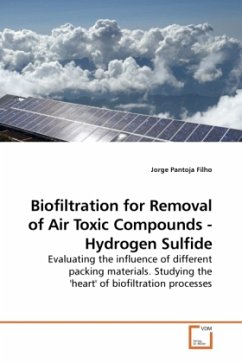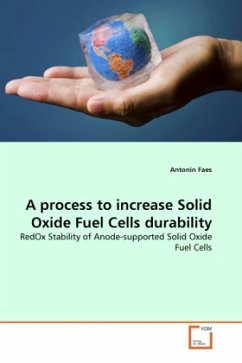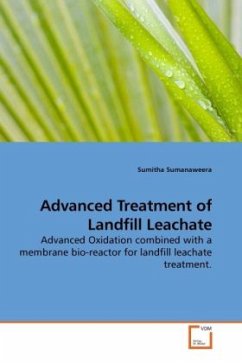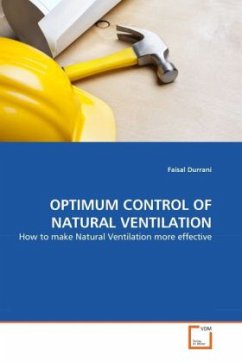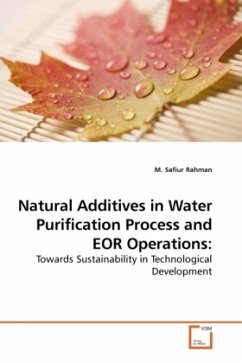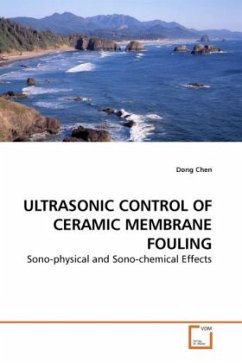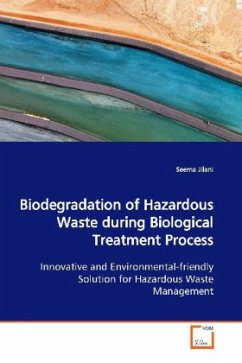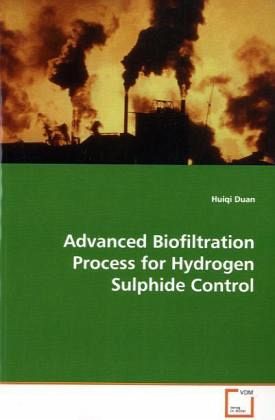
Advanced Biofiltration Process for Hydrogen Sulphide Control
Versandkostenfrei!
Versandfertig in 6-10 Tagen
52,99 €
inkl. MwSt.

PAYBACK Punkte
26 °P sammeln!
Odor emission is a severe problem common to most wastewater treatment operations. Economical advantages coupled with environmental benefits make the process of odor biofiltration an attractive option. However, there still exist inefficiencies pertaining to the media used in biofiltration processes, which at present, render the technology economically unattractive. This study aims to develop a novel active medium, termed as biological activated carbon, through bacteria immobilization on activated carbon, a supporting medium with generally high specific surface area. The findings of this researc...
Odor emission is a severe problem common to most
wastewater treatment operations. Economical
advantages coupled with environmental benefits
make the process of odor biofiltration an attractive
option. However, there still exist inefficiencies
pertaining to the media used in biofiltration
processes, which at present, render the technology
economically unattractive. This study aims to
develop a novel active medium, termed as biological
activated carbon, through bacteria immobilization on
activated carbon, a supporting medium with generally
high specific surface area. The findings of this
research demonstrated that the combination of
biodegradation and adsorption on Biological
Activated Carbon is capable of removing Hydrogen
Sulphide for a substantial period of time. A
biotrickling filter using this new Biological
Activated Carbon is a viable biotechnology for the
efficient removal of Hydrogen Sulphide, the
predominant odorous compound in sewage air. Studies
on the mechanisms and modeling enable a better
understanding to the biofiltration process
applied in Hydrogen Sulphide removal using
Biological Activated Carbon.
wastewater treatment operations. Economical
advantages coupled with environmental benefits
make the process of odor biofiltration an attractive
option. However, there still exist inefficiencies
pertaining to the media used in biofiltration
processes, which at present, render the technology
economically unattractive. This study aims to
develop a novel active medium, termed as biological
activated carbon, through bacteria immobilization on
activated carbon, a supporting medium with generally
high specific surface area. The findings of this
research demonstrated that the combination of
biodegradation and adsorption on Biological
Activated Carbon is capable of removing Hydrogen
Sulphide for a substantial period of time. A
biotrickling filter using this new Biological
Activated Carbon is a viable biotechnology for the
efficient removal of Hydrogen Sulphide, the
predominant odorous compound in sewage air. Studies
on the mechanisms and modeling enable a better
understanding to the biofiltration process
applied in Hydrogen Sulphide removal using
Biological Activated Carbon.



